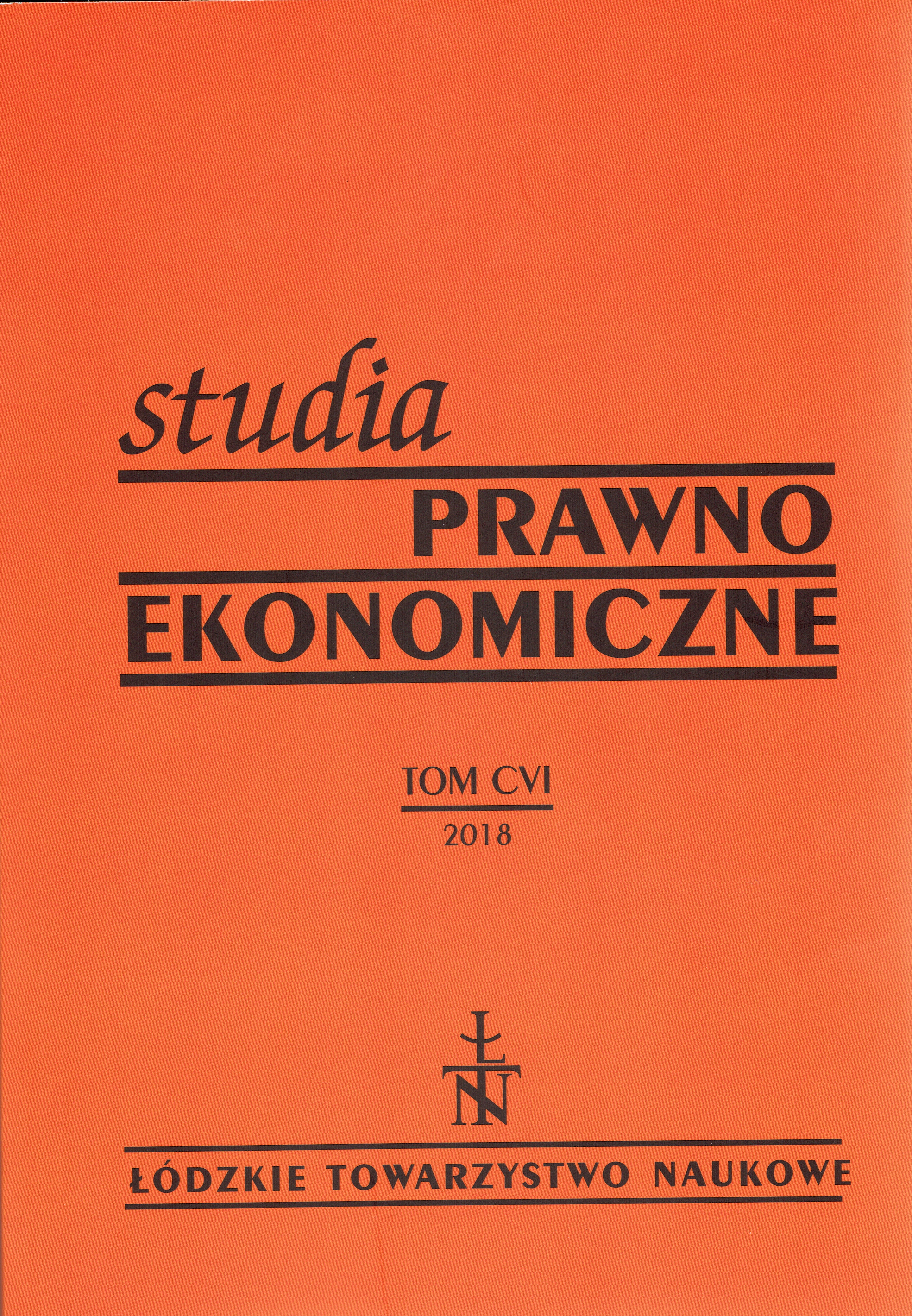Inequalities and socio-economic development in EU countries – differences in results caused by using different measures of development
DOI:
https://doi.org/10.26485/SPE/2018/106/20Keywords:
alternative measures of development, EU member countries, income inequalities, Kuznets' hypothesisAbstract
There has been stable, though not uninterrupted socio-economic development in the European Union in recent years. However, this process was not accompanied by a corresponding decrease in income inequalities in half of the countries. The main goal of the article was to present and compare the level of inequalities and socio-economic development in member countries. The research also aimed to analyze the relationship between these two phenomena using various measures of development (GDP per capita, Human Development Index, Happy Planet Index) and inequalities (GINI, the share of income held by top 20%, the share of income held by top and bottom 20% ratio). The correlation analysis shows a weak, negative relationship between the phenomena, which is in line with the Kuznets' hypothesis. However, the fixed-effects models show that the HPI does not explain the variance of inequalities in the EU. GDP per capita and HDI provide similar, fairly good fit of the models. Considering these results, the alternative measure (HDI) has no advantage over the traditional measure (GDP per capita) when analyzing the relationship with income inequalities.



